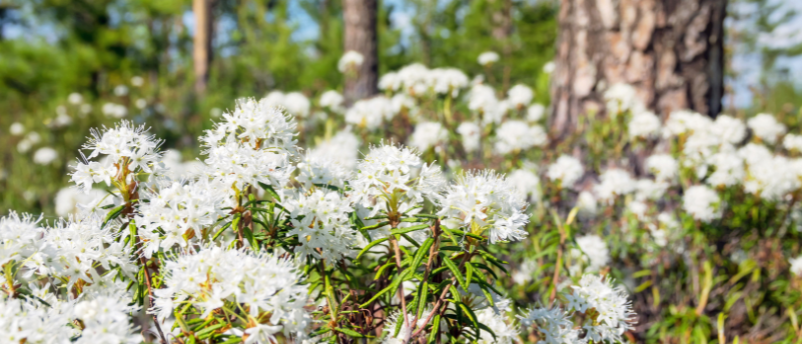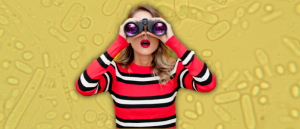
BioTechniques News
Aisha Al-Janabi

Researchers identify a compound that possesses antimalarial properties in a subarctic medicinal plant used by First Nations.
Herbal remedies have been used for many centuries and are the predecessors to many of the drug compounds we use today. For example, the Ebers Papyrus from 2900 BC is an Egyptian pharmaceutical record containing over 700 plant-based drugs. It includes treatments like chewing on twigs from willow trees, which contain salicin, to alleviate pain. Salicin is the active ingredient behind modern-day aspirin and was discovered in 1897.
Many of these customs continue today. One such example is dwarf Labrador tea, Rhododendron subarcticum Harmaja (R. subarcticum), which is commonly used by Inuit and First Nations of Northern Canada to make herbal teas to treat a multitude of conditions including colds, flu, chest pain, tuberculosis and diabetes.
Researchers at the University of Laval (Québec, Canada) chose to investigate this plant following discussions with the Whapmagoostui Cree Nation Council and Kuujjuarapik Inuit Community Council, who shared their knowledge of this shrub and its use in traditional medicines. The researchers, led by Normand Voyer, isolated and identified compounds in the leaves, one of which they showed to have antimalarial properties.
‘Labrador tea’ refers to closely related plants, which are all members of the Rhododendron genus. Previous studies have reported that the extracted oils from these plants have antimicrobial properties. The R. subarcticum variety grows in particularly harsh subarctic conditions and is found growing from Alaska to Siberia. Despite the use of this plant in traditional remedies, its chemical composition remains unknown and its antimicrobial potential understudied.
 Hiding in plain sight: new insights into one of the world’s oldest and smallest bacteria
Hiding in plain sight: new insights into one of the world’s oldest and smallest bacteria
A large-scale genome study reveals the behaviors of Omnitrophota, one of the smallest organisms we know.
After gathering R. subarcticum from Nunavik in Northern Québec, the researchers extracted the essential oils from the shrubs’ leaves and studied the compounds present using gas chromatography, mass spectrometry and flame ionization detection.
They identified 53 compounds, with 64.7% of the oil composed of ascaridole and 21.1% p-cymene. Ascaridole is also found in other plants traditionally used to treat parasites including hookworm. This combination of compounds has not been found in North American Labrador tea varieties but has been found in subspecies in Europe and Asia.
To investigate the antimalarial properties of R. subarcticum, two strains of the malaria-causing parasite Plasmodium falciparum were exposed to either the extracted oil or to the ascaridole compound only. One of the two strains exposed is known to be resistant to available antimalarial drugs.
The data showed that ascaridole was the main compound acting against both strains of the parasite, which is similar to results seen in other traditional antiparasitic medicines that contain this compound. This illustrates the potential of natural products from R. subarcticum in the treatment of parasitic diseases, including drug-resistant strains of malaria-causing parasites.
The researchers commented that this work emphasizes the need to both investigate and protect plants used in traditional medicines, especially those located in climates that will be impacted greatly by climate change.
The post Compound in herbal remedy could lead to novel antimalarial drugs appeared first on BioTechniques.
Full BioTechniques Article here
Powered by WPeMatico
